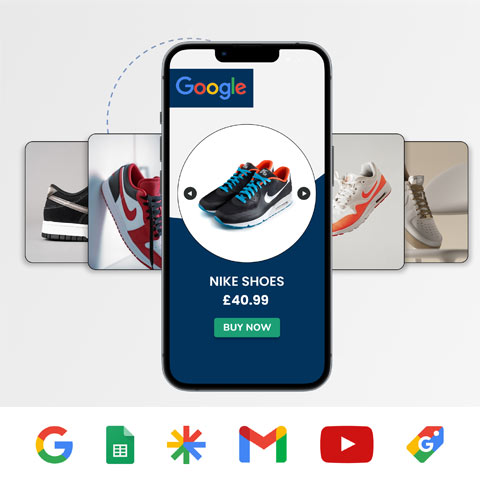Point of Sale Email Collection: Lost Treasure or Risky Business?

Remember when you were younger and stumbled across something really old? It simply had to be a treasure, didn’t it? Well, that’s rarely the case with the long list of email addresses you have been collecting at point of sale over the years. Maybe those emails you captured years ago should just stay buried in the past.
What is point of sale (POS) collection?
Point of sale collection is the process of obtaining email addresses during a purchase at a brick-and-mortar store. This practice is not new, but it is increasing in popularity as a valuable way to opt users in to receiving e-receipts and potentially future marketing messages. The danger with POS collection however, comes from not doing it right!
Ask yourself a few questions. How long have you been collecting email addresses at point of sale? Did the brick-and-mortar stores clearly confirm an opt-in for additional marketing messages or simply the consumer’s interest in receiving an e-receipt? This last question caused trouble for several Canadian retailers late last year following the approval of Canada’s Anti-Spam Legislation (CASL).
Don’t Assume an Opt-in
In December 2014, POS email collection gained some negative attention when an anti-spam group blacklisted several major retailers. The group took action against marketers for sending emails to invalid email addresses. While it was assumed that these addresses were entered incorrectly by store associates at the point of sale, the stores had only requested permission to send transactional messages (in this case, e-receipts) but went on to send marketing/promotional emails as well.
If a consumer provides an email address at the point of sale, it is first and foremost because they want an electronic alternative to a cash register receipt. Honor what you have asked them to sign up for by sending those transactional details quickly and efficiently. You should not assume, however, that consumers also opted in to your promotional emails. By automatically opting in your customers, you run the risk of angering them while also putting your deliverability at risk. Not only will you violate CASL regulations, you are also likely to see an increase in spam complaints.
The safest way to avoid this and to ensure positive post-purchase email relationships with customers is to officially confirm their opt-in, which can be done with a link in your transactional email. The primary purpose of this message is to provide confirmation of the recent transaction and details of the purchase, but you can also take this opportunity to secure the opt-in, giving you the proof you need to satisfy the CASL requirements that went into effect last year.
Most marketers agree that POS collection can be tricky and acknowledge that clerks can make errors; however, some anti-spam groups will still not really take these issues into consideration or excuse them if you choose to automatically opt in your consumers instead of requesting official opt-in confirmation. This is especially true if you send to invalid email addresses that they monitor for this type of behavior. But stop and think about it. Is it really the marketer’s place to decide for consumers if they are interested in receiving marketing/promotional email?
Confirming your point of sale email opt-ins can help you safely grow your list while building the foundation for a valuable, trusting relationship with your customers. And aren’t those active, loyal customers your brand’s true treasures anyway?
This content was originally published by Oracle + Bronto.
Want more like this?
Want more like this?
Insight delivered to your inbox
Keep up to date with our free email. Hand picked whitepapers and posts from our blog, as well as exclusive videos and webinar invitations keep our Users one step ahead.
By clicking 'SIGN UP', you agree to our Terms of Use and Privacy Policy


By clicking 'SIGN UP', you agree to our Terms of Use and Privacy Policy





![[Research] Apps: The Secret Engine of Ecommerce Growth [Research] Apps: The Secret Engine of Ecommerce Growth](https://images.bizibl.com/sites/default/files/apps-and-web-similarweb-480.jpg)



